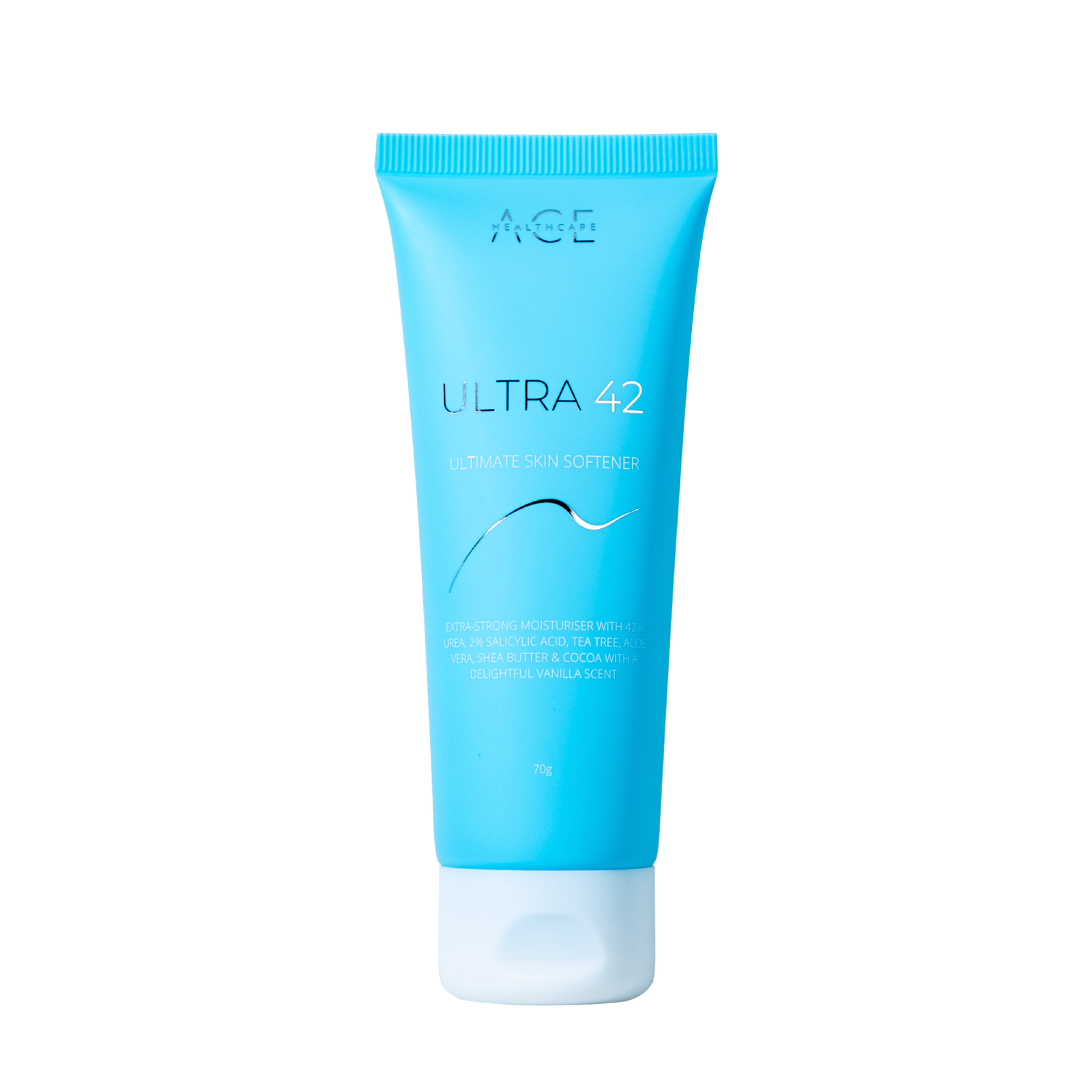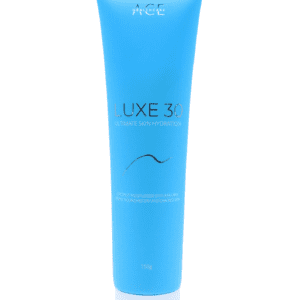Have you recently started a new exercise regime or commenced training for a marathon or other event? Are you experiencing pain in the front of your lower leg? If so, you may have shin splints. Shin splints are a common issue that affect many athletes and fitness enthusiasts. They can be quite debilitating, preventing you from reaching your fitness goals.
In this blog, we’ll explain what shin splints are, what causes them, how to know if you have them, and what you can do to treat them.
What are Shin Splints?
Shin splints is a term used to describe pain that occurs in the front of the lower leg, specifically along the tibia (shinbone). It’s a repetitive use injury that happens when the muscles and surrounding tissues become overworked, inflamed, and painful. This condition is medically called medial tibial stress syndrome.
What Causes Shin Splints?
Shin splints can be caused by doing too much running, jumping, or other high-impact activities. Even a sudden increase in the intensity or frequency of exercising can trigger shin splints. People with flat feet, weak ankles, muscle imbalances, or worn-out shoes are also prone to this condition. It’s important to note that shin splints can happen to anyone, not just athletes. In some cases, it may be a result of an underlying medical condition like osteoporosis or arthritis.
How Do You Know If You Have Shin Splints?
The most common symptom of shin splints is pain in the front of the shin bone. The pain may be sharp, dull, stabbing, or throbbing, and it usually worsens with activity. Some people may also experience swelling, tenderness, or warmth over the affected area. In severe cases, you may have difficulty walking or standing without pain.
Treating Shin Splints
If you suspect that you have shin splints, it’s important to seek medical attention. Your doctor or podiatrist can evaluate your condition, and recommend the best course of treatment. In the meantime, using supportive footwear and orthotics can help!
The best insoles for shin splints offer sturdy support and a deep heel cup that stabilises the body, such as Footlogics Sports Insoles.
Tuli’s Heel Cups can also help with shin splints. They are the #1 podiatrist-recommended heel cups in the world and are touted as being ‘shock absorbers for your feet’.
You can also try the following self-care measures:
- Rest and avoid activities that exacerbate the pain
- Apply ice to the affected area for 15-20 minutes several times a day
- Take over-the-counter pain relievers like ibuprofen
- Stretch your calf muscles before and after exercise
- Gradually resume your activities once the pain subsides
Shin splints can be a painful condition that puts a damper on your fitness goals. However, with proper diagnosis and treatment, you can overcome this hurdle and get back to your usual routine. Remember to listen to your body, and not to push yourself beyond your limits. By taking care of your muscles and joints, you can prevent shin splints from recurring.
As always, if you have any serious concerns about your feet or lower limbs we encourage you to visit your podiatrist. If you are based on the Gold Coast, we highly recommend our friends at ProMed Podiatry for their holistic approach to foot health.






